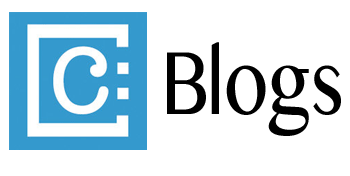
Digital Marketing concept. Flat design, vector illustration
When you work for a non-profit arts organization outside of a metropolitan area, it’s easy to fall into the mindset that what works for the big organizations won’t work for you. Big city arts orgs have more access to funding, bigger populations to draw from, and the capacity to put on shows and exhibits for which your local audience is willing to travel. It’s easy to feel “small,” even when you know your mission is BIG.
For five years, I have been employed at the Renaissance Performing Arts Association in Mansfield, Ohio. In the heart of the Rust Belt, Mansfield and its surrounding areas have a population of nearly 124,000. It is still recovering from the recession and the exodus of industry, and is in the center of the opioid crisis going on in our country. Mansfield itself is considered a city, but its population is at once urban, rural, and suburban. The cost of living in our region is among the lowest in the country, which is great for artists, but is also representative of the local economy. It’s best known for being the filming location of “The Shawshank Redemption,” which premiered at our theatre.
Like many arts orgs, the Renaissance’s marketing budget is limited, challenging me as Director of Marketing to strategize ways to build meaningful relationships with our audience, while having very limited funds to support our endeavors. We’ve been lucky to have incredible support from our local media, but we’ve noticed that all of our traditional advertising is only as good as the amount of press coverage we can get. The day the local newspaper publishes an article on one of our shows is the day we see a spike in sales, without fail.
Too many times, we’ve wished for more coverage, better coverage, stories on side-projects and interesting elements happening behind the scenes. As many local papers succumb to editorial limits imposed by the corporations that own them, these types of unique yet atypical stories can be hard to pitch to our local reporters. So, we decided last year to take control of our content, using the resources we already had internally.
We started a bi-weekly podcast and a weekly blog in November 2016, mostly as an experiment. I grabbed our tech staff and had them set me up with a makeshift recording studio and installed Audacity on my laptop; we already owned the hardware just because we’re a theatre. We purchased a subscription to Podbean, and we added the blog to our website. Then, I created a list of people that I wish everyone could talk to, and I started asking them the questions that I thought everyone would ask.
I was way, way outside of my comfort zone with the podcast—the written word is definitely more my wheelhouse. But, I love to listen to podcasts, so I just emulated the style of a few of my favorites and edited out my less-than-awesome-sounding moments. Our tech director showed me what he would do to master the audio, and that’s what I did, and before you know it, we had a decent-sounding podcast … and people were listening.
Last December, I was curious who really was listening, so I experimented. We had only a few episodes released by that point, and we decided to make a very big announcement about a building restoration project we were undertaking: the announcement would be made first on the podcast, and a week later on the blog. I intended to follow those up with a news release, but in a day I had reporters calling and sending me email about the story saying, “I listened to your podcast and we want to cover this. When can we do an interview and take a tour?”
